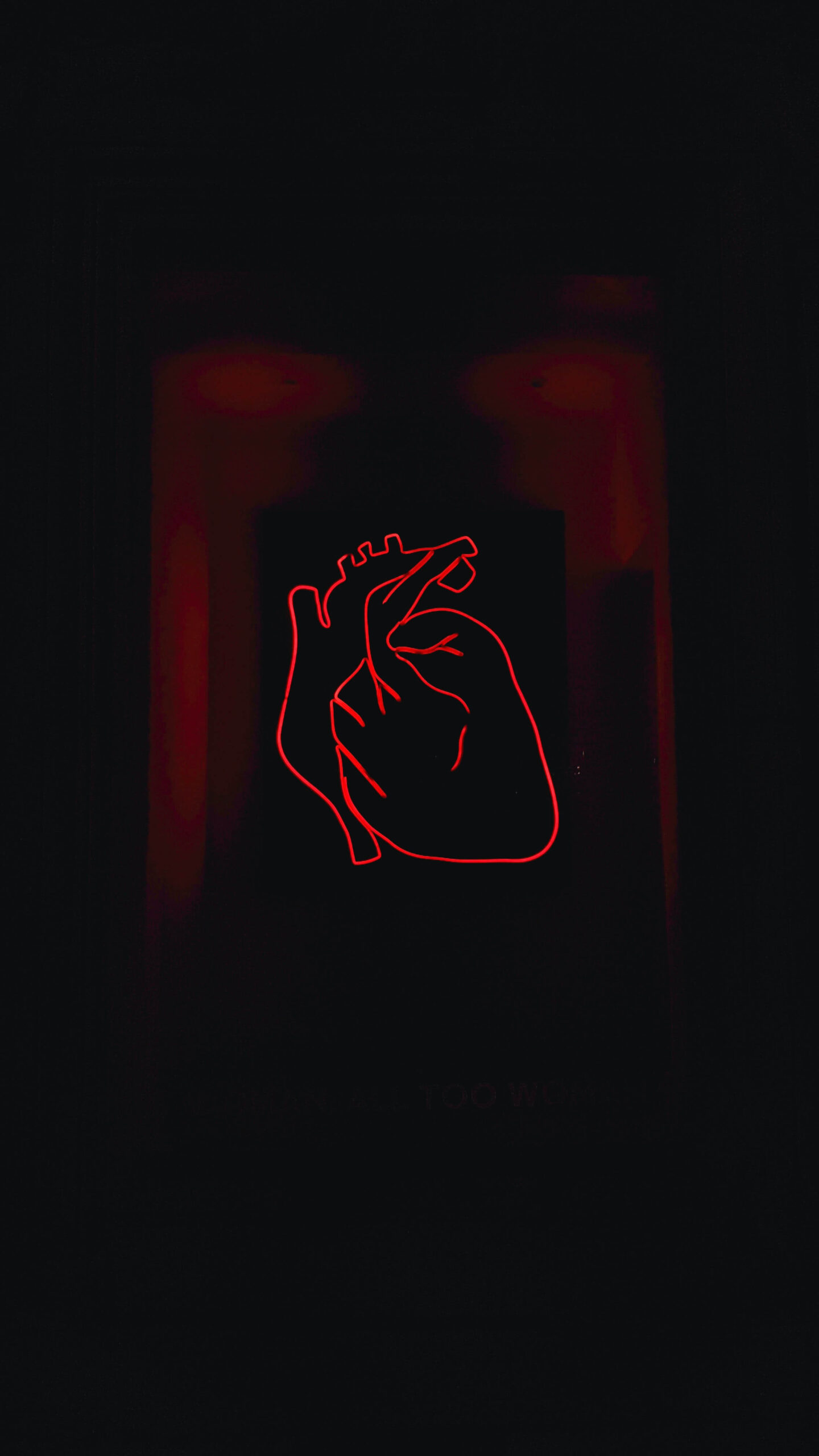Transforming the Future of LDS
“When you hear hoofbeats, don’t expect to see a zebra”. This adage was used to teach primary care professionals about looking for common conditions. But it is not so suitable when considering diagnosing and supporting patients with rare diseases like Loeys-Dietz syndrome.
On Rare Disease Day 2023, our Foundation is standing with fellow rare disease foundations and patient groups: “Let’s reflect again, and look out for the horse with stripes”. Individuals with rare diseases systematically face hurdles to accessing appropriate care. Canadians diagnosed with Loeys-Dietz syndrome (LDS) experience a similar reality, partly due to lack of awareness and understanding of the complexity of this rare disorder.
On February 28th, Rare Disease Day, the entire world directs the spotlight on rare diseases to raise awareness and capital in order to advocate for more equitable access to diagnosis, treatment, care, and support for rare disorders, such as Loeys-Dietz syndrome.
Now, let’s dive into the key facts!

Rare diseases
The word “genetics” was first coined in 1905 by biologist William Bateson.
A century later, due to rapid technological progress and the achievement of the Human Genome Project, scientists have illuminated the captivating link between genetic factors and their impact on human life and diseases, including rare diseases. Indeed, most of the over 7000 rare diseases described to date have a genetic component, which is usually highly penetrant (meaning a high proportion of people with the genetic component will display signs and symptoms of the condition).
Rare diseases are those with a particularly low occurrence. The threshold to describe rarity varies across regions and countries; Canada defines disorders to be rare when they affect not more than 1 person in 2000, in their lifetime. According to the Canadian Organisation of Rare Disorders (CORD), rare diseases affect 1 in 12 or nearly 3 million Canadians. Although rare diseases individually touch a minor number of persons, collectively these disorders affect between 6–8% of the world population (around 420–560 million people).
Loeys-Dietz syndrome, a rare connective tissue disorder

Loeys-Dietz syndrome is a rare multisystemic genetic disease, that was recently identified in 2005. LDS consists of malformations in the connective tissue, the mesh that holds the body together. Patients with LDS may present with varied pathological manifestations in the heart, lungs, skeleton, eyes and intestines. Most importantly, LDS can lead to an enlarged aorta or separation of the layers of the aorta’s wall. This makes the aorta more likely to burst or tear leading to serious internal bleeding.
Most LDS cases are caused by de novo mutations in individuals with a previously unaffected family history, other cases are inherited in an autosomal dominant manner. LDS is due to a dysregulation in the transforming growth factor-beta (TGF-b) signalling, which is a protein playing an important role in preserving the integrity of the connective tissue.
Find more information on the signs and symptoms and genetics of Loeys-Dietz syndrome.
How will we transform the future of Loeys-Dietz syndrome?
The Loeys-Dietz Syndrome Foundation Canada is a national charitable organization dedicated to the promotion of research, awareness, education, and support for those affected by Loeys-Dietz syndrome (LDS) and related heritable aortic disorders.
Together, with our Medical and Scientific Advisory Board and Patient Partnership Committee, we will transform the future of Loeys-Dietz syndrome to save and improve the lives of patients and their families. To achieve this, on Rare Disease Day, we pledge to:
1. Advocate for early and accurate diagnosis
20% of rare disease patients waited between 6 and 14 years to get a diagnosis and 60% consulted 3 to 20+ specialists on the way to a diagnosis.
Receiving a diagnosis for a rare disorder is fundamental for patients to obtain appropriate clinical care and support. Since LDS is a rare complex multisystemic disease, the disorder is not top of mind for most family practitioners, even for specialists sometimes. Regrettably, this process is not only long, but often frustrating for patients as they frequently experience scepticism from healthcare providers. At LDSF Canada, we will continue to lead efforts to reduce diagnostic delays and empower those affected by LDS to self-advocate with tools and resources that help influence change in this process.
2. Advocate for streamlined evidence-based care across Canada and for establishment of networks of excellence
Networked care is mounting as an effective model of care for rare disorders, with prevention, diagnosis, care and treatment managed locally and directed by the body of knowledge and expertise from the whole network. United Nations encourages the development of rare disease networks in all countries, and it is time to reflect on the main characteristics to develop effective rare disease networks in Canada. LDSF Canada, in conjunction with other partners like CORD, is advocating to establish a rare disease network for our niche of cardiac disorders.
Another component of specialized and networked care is to establish a comprehensive data registry. LDSF Canada is sponsoring the development of the first pediatric registry for patients with hereditary aortopathies and connective tissue disorders like Loeys-Dietz syndrome.
Impact of Policy on Mortality: Significant reduction in mortality in congenital heart disease patients was associated with referral to specialized centers.
3. Advocate for research investment in disregarded disorders like LDS
To date, not more than 6% of rare diseases have approved therapies and most of the drug development efforts are essentially focused on a limited number of conditions. Due to the rarity and complexity of LDS as well as the restricted/unknown consumer market, investments in research and development to produce potential new treatments for LDS are demanding, expensive, and risky. Currently, there is no therapy that can cure LDS. LDSF Canada, through partnerships with industry stakeholders and academics, will keep fighting to first identify and then remove the roadblocks that impede future LDS research and development.
4. Ramp up education and patient support efforts
To provide patients and caregivers with vital information at every stage of the LDS care trajectory, LDSF Canada will continue developing practical and relevant LDS resources hosted in our resource directory.
Charlotte Rodwell, Ségolène Aymé, Rare disease policies to improve care for patients in Europe, Biochimica et Biophysica Acta (BBA) – Molecular Basis of Disease, Volume 1852, Issue 10, Part B, 2015.https://doi.org/10.1016/j.bbadis.2015.02.008.
Dharssi, S., Wong-Rieger, D., Harold, M. et al. Review of 11 national policies for rare diseases in the context of key patient needs. Orphanet J Rare Dis 12, 63 (2017). https://doi.org/10.1186/s13023-017-0618-0
Loughborough WW, Minhas KS, Rodrigues JCL, Lyen SM, Burt HE, Manghat NE, Brooks MJ, Stuart G, Hamilton MCK. Cardiovascular Manifestations and Complications of Loeys-Dietz Syndrome: CT and MR Imaging Findings. Radiographics. 2018 Jan-Feb;38(1):275-286. doi: 10.1148/rg.2018170120. PMID: 29320330.
Mylotte D, Pilote L, Ionescu-Ittu R, et al. Specialized adult congenital heart disease care: the impact of policy on mortality. Circulation. 2014 May 6;129(18):1804-12. doi: 10.1161/CIRCULATIONAHA.113.005817. PMID: 24589851
